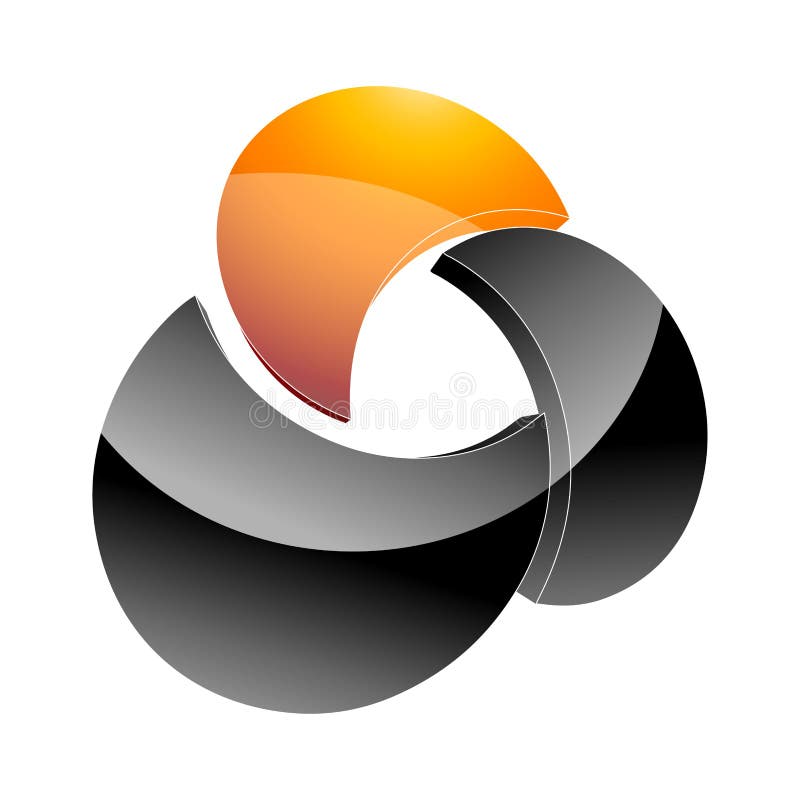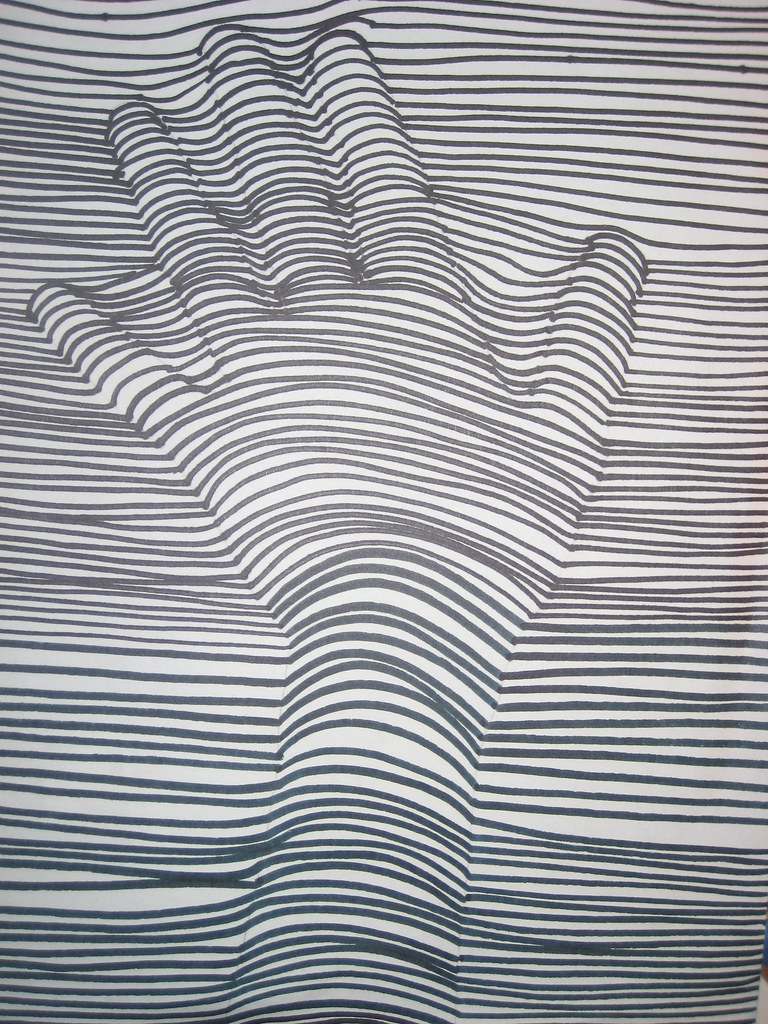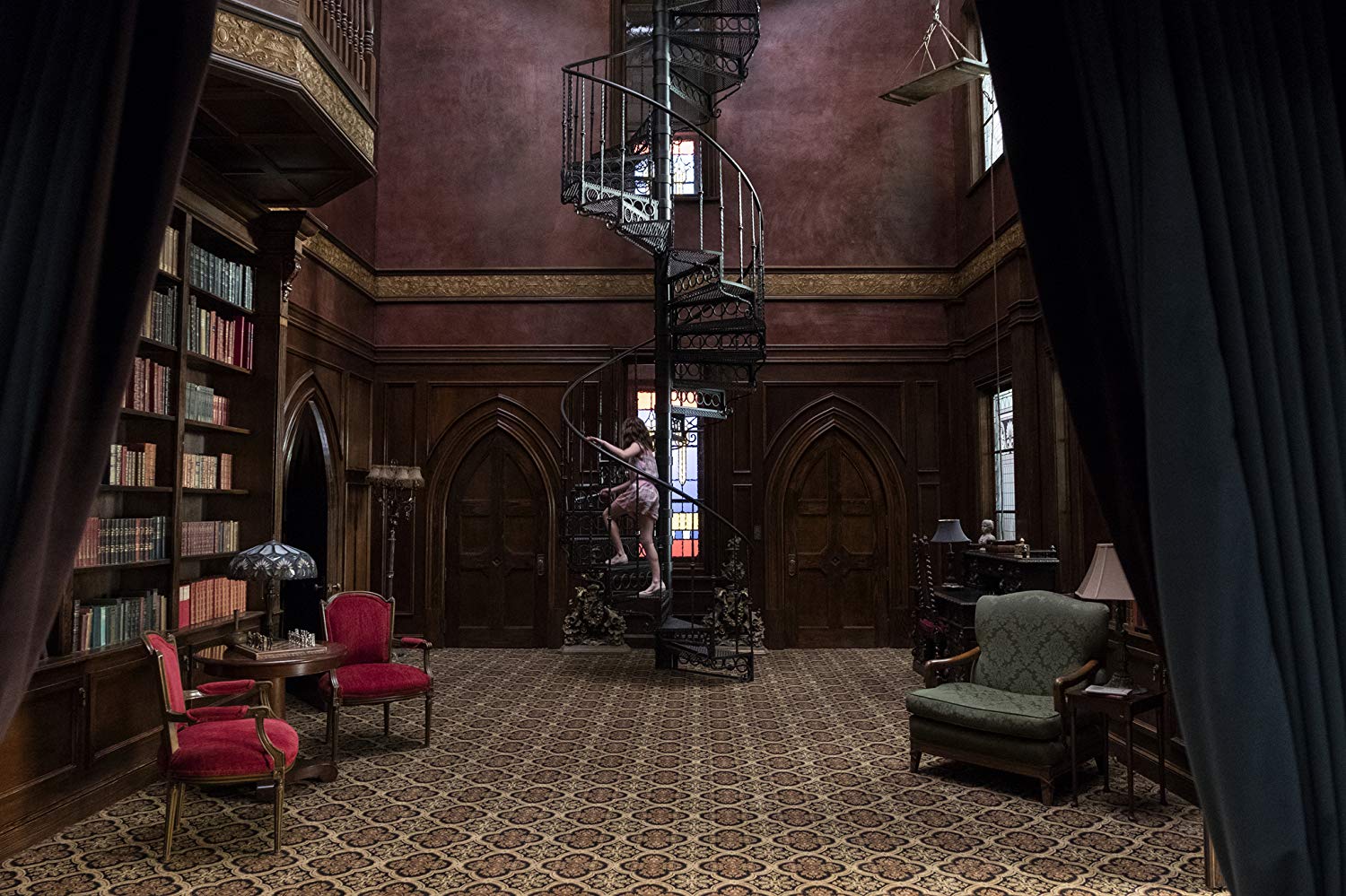Table Of Content

These elements include form, shape, line, texture, color, value, and space. Proportion is the relative size of the design elements compared to each other. It comes organically once you’re done with your contrast and balance. Contrast is used to create an obvious difference between the objects of your design and highlight them as a result.
D. Principles of Design
Also, it might not be a quite good idea to mix multiple textures in one single design. It will be too much for the eye and make the viewer confused as to where to look first. However, do be careful with the texture choice of your graphic design. Don’t choose a texture that’s irrelevant to your design, or it won’t have any effect on the viewer.
Toyota Patents The Funkiest Crossover Van Since The Honda Element - CarScoops
Toyota Patents The Funkiest Crossover Van Since The Honda Element.
Posted: Fri, 22 Mar 2024 07:00:00 GMT [source]
Space
However, don’t forget that to break the rules, you have to know them well first. Cyan, magenta, yellow, black (CMYK) are the four basic colors used in printing, so if your design is going to have a digital version, it’s the best option for it. “Oftentimes when people buy large SUVs they have to take a lot of people and cargo, and it’s important that we create that flexibility for comfort and space,” Jenkins said. That idea, he said, comes from experience driving his two teen sons and often their friends. “It’s usually me, my wife, the oldest, the youngest and probably two other kids, skis, snowboards.
Why You Should Understand the Core Design Elements?
It’s recommended not to strive for perfect symmetry but to add elements that suggest this idea. There are plenty of brands, such as Starbucks, Target, or Chanel, that use symmetry in their logos, and not only in their designs. By reversing this, we can define shapes as something enclosed by lines, which are its boundaries. Texture becomes an integral component, not just visually but also tactilely, affecting both the aesthetic appeal and the user's physical interaction with the design. Excited to create your next design piece, but don’t have enough time and energy? Click the button below to choose a template from the Renderfoest Graphic Maker and edit it.
A World's First: Murata Enables Better Wi-Fi 6E and Wi-Fi 7 Antenna Design with Cutting-Edge Parasitic Element ... - Business Wire
A World's First: Murata Enables Better Wi-Fi 6E and Wi-Fi 7 Antenna Design with Cutting-Edge Parasitic Element ....
Posted: Wed, 06 Dec 2023 08:00:00 GMT [source]
Elements of Design: Form (Positive Space)
You can use lines to offset parts of your design and draw the eye to a particular area or focal point. In advertising, guide the audience to the main object or product you want to sell. Emphasize design elements with bold lines and use thin lines for decoration. If you want to establish a more personal connection, appeal to your target market with lines that mimic handwriting. Symmetrical balance is often seen as more traditional and stable, while asymmetrical balance can add interest and dynamism to a design. Conversely, positive space, actively filled with elements, works in tandem with negative space to achieve this balance, enhancing the overall composition.
Form
It can be rough, smooth, hard, or soft to the touch or simply appear that way. The points in this image form the start and end of all the lines, including the mountains, clouds, and the moon. Many also believe that form is a shape that acquires three-dimensional values, but the correct term is volume. Let’s take a closer look at each element of design to have a better understanding of how they work and how to use them. A solid understanding of these concepts gives you the ability to understand your design pieces and others you come across. You’ll be able to dissect a design piece and see the behind-the-scenes process.
Movement
They are defined to ensure that whatever you do meets the standards of what brand communication should be. What are some commonly asked questions about the twelve principles of design? Even if you’re repeating content or styles across different platforms, add some dynamism to it so that it can be easily recognized without seeming like lazy work. If you have a light blue background image, write your copy in a darker font, most preferably on a patch over a part of the image so that it can be seen. Designs with poor contrast have elements that can be easily missed. It can highlight differences through close association or make things stand out in juxtaposition.
Training your eyes can help you grow as a designer and achieve a higher level of design sensibility. Sometimes even the most seasoned designers need a little refresher to remember these concepts. Depending on the color, form, and size of shapes, we can determine particular moods and send messages.
Emphasis in design principles refers to intentionally highlighting specific elements to draw attention and create a focal point. By manipulating contrast, color, size, or placement, designers can guide the viewer's eye to the most crucial parts of a composition. Emphasis ensures that certain design elements have more visual weight, allowing them to stand out and capture interest. This principle helps convey the main message, evoke emotions, or guide user behavior. For a deeper understanding of how designers create meaningful connections through emphasis and other principles, explore the article on empathizing in design at interaction-design.org.
In web design, you can use white space for advertising to avoid complex visuals for a more beautiful design. Your design can show a feeling of visual harmony, clarity, and visual hierarchy within compositions by purposefully using negative space. For example, shapes like triangles direct attention to unique features or specific pieces of content when used in graphic design.
Last, but definitely not least principle, visual unity refers to the harmony between all parts of your design. We’ve all seen a design that has a lot of elements, but none of which is compatible with the other. Watch out for a more detailed discussion of this topic in our upcoming posts. Repetition strengthens the design by connecting individual elements together. It creates consistency and association, while at the same time creating a feeling of organized movement. Proximity refers to the way in which elements are grouped together so that the attention of the viewer or reader is redirected to the various parts of the visually designed message.
Later, Apple (in)famously introduced a linen fabric texture to much of its user interface. Shapes, colors, objects, textures, or values can create balance in a design. This is an essential principle because imbalance can cause discomfort for the viewer. The elements of design are the parts that define the visual, the tools and components that a person uses to create a composition. Combine and arrange adjacent colors, similar shapes, and related textures to achieve harmony.

Variety is the use of several elements of design to make your art “explorable” and give the viewer a better experience. White space, or negative space, gives your composition room to breathe and helps certain elements stand out. And most of the time, it makes your work more successful by highlighting the important information and your main design element. It can serve as a background or be a supporting element to other elements.

No comments:
Post a Comment